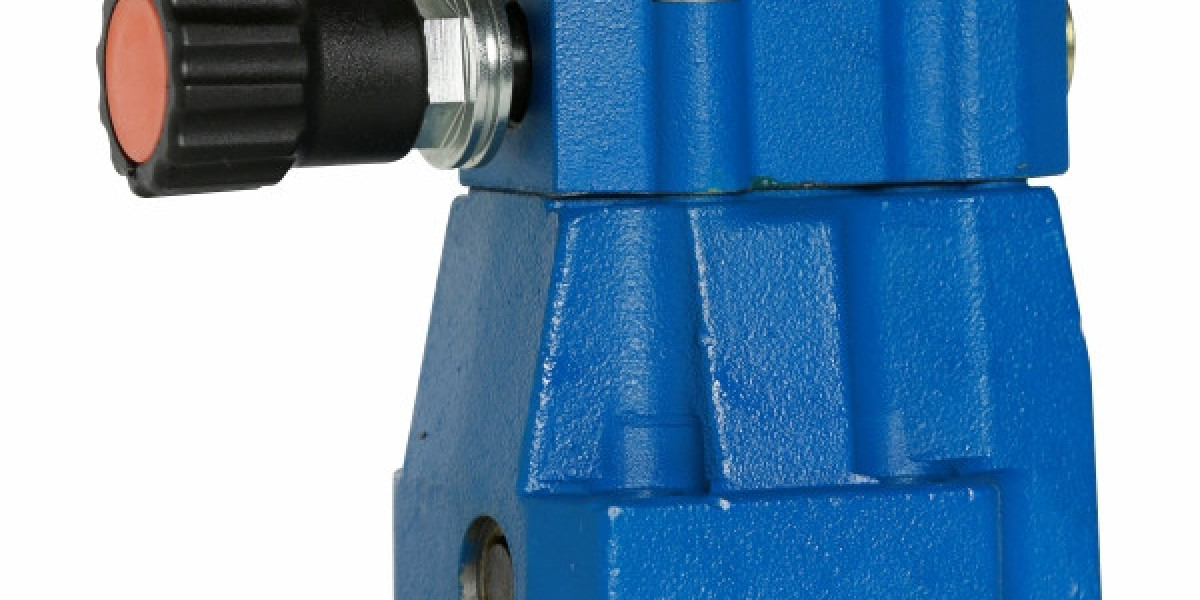Hydraulic systems are widely used in a variety of industries, from manufacturing to construction, thanks to their ability to deliver high power in a compact design. However, with great power comes the need for control. One critical component that ensures safe and efficient operation is the hydraulic pressure-reducing valve. In this blog post, we’ll explore the top benefits of using hydraulic pressure reducing valve in your machinery and why they are vital for optimal performance.
1. Improved Safety
One of the primary reasons to use hydraulic pressure-reducing valves is to enhance the safety of your equipment and workforce. Hydraulic systems can generate a lot of pressure, and if that pressure exceeds safe limits, it can lead to catastrophic failures. Pressure-reducing valves are designed to regulate and limit the maximum pressure in a system, ensuring that the machinery operates within safe limits.
This level of control helps prevent damage to the machinery and reduces the risk of accidents. Operators and maintenance workers are less likely to encounter dangerous conditions, providing peace of mind and ensuring compliance with safety standards.
2. Extended Equipment Lifespan
Over time, excessive pressure can cause wear and tear on various components within your hydraulic system. This can lead to premature failure of parts, increasing your maintenance costs and downtime. By installing hydraulic pressure-reducing valves, you can ensure that pressure levels remain stable and appropriate for the system’s components, reducing unnecessary strain on the equipment.
Maintaining the correct pressure levels helps extend the life of your pumps, hoses, cylinders, and other hydraulic parts. This translates into fewer breakdowns, longer intervals between maintenance, and an overall increase in equipment longevity.
3. Enhanced Energy Efficiency
Hydraulic systems are known for their efficiency, but without proper pressure control, they can become energy-intensive. Excess pressure in a hydraulic system leads to wasted energy, as the excess force is not required for the machine’s operation. By using a pressure-reducing valve, you can ensure that the system only uses the amount of pressure necessary for the task at hand.
This optimization helps to reduce energy consumption, leading to lower operating costs and a smaller environmental footprint. In industries where energy efficiency is a priority, hydraulic pressure-reducing valves offer a simple and effective way to improve performance.
4. Precise Control of Operations
Many hydraulic systems require precise control of pressure to function correctly. Pressure-reducing valves allow for fine-tuned adjustments, ensuring that the system operates at the exact pressure required for specific tasks. This precision is especially important in industries like manufacturing, where even slight variations in pressure can affect the quality of the final product.
For example, in applications that involve delicate machinery or processes, maintaining consistent pressure is crucial to avoid damaging sensitive components. Pressure-reducing valves provide the control needed to achieve that level of precision.
5. Cost Savings
While there may be an initial investment in installing hydraulic pressure-reducing valves, the long-term cost savings can be significant. By maintaining the correct pressure levels, these valves help reduce the likelihood of equipment failure, minimize downtime, and lower the frequency of maintenance. The reduced wear and tear on hydraulic components mean you’ll spend less on repairs and replacements over time.
Additionally, as previously mentioned, energy savings are another benefit. With more efficient pressure management, your system consumes less power, which can lead to lower energy bills. Over the lifespan of your machinery, these savings can add up considerably.
6. Adaptability to Different Applications
Hydraulic pressure-reducing valves are versatile and can be used in a wide range of applications across various industries. Whether your machinery requires high pressure for heavy lifting or lower pressure for precision work, these valves can be easily adjusted to suit the specific needs of your system.
Industries such as construction, manufacturing, agriculture, and mining all benefit from the adaptability of hydraulic pressure-reducing valves. The ability to tailor pressure settings to specific applications makes these valves a valuable asset in any hydraulic system.
7. Reduced Noise and Vibration
Excessive pressure in hydraulic systems can lead to increased noise and vibration, which can be disruptive to operations and uncomfortable for workers. Pressure-reducing valves help to mitigate these issues by maintaining stable pressure levels, which in turn reduces the amount of noise and vibration produced by the system.
This improvement not only creates a better working environment but also reduces the wear on components that are affected by vibration. Over time, this can contribute to a quieter, smoother, and more reliable hydraulic system.
Conclusion
Hydraulic pressure-reducing valves play a crucial role in maintaining the safety, efficiency, and longevity of your machinery. By controlling and stabilizing the pressure within the system, these valves help prevent damage, improve energy efficiency, and extend the life of your equipment. Whether you’re looking to enhance safety, reduce costs, or improve operational precision, pressure-reducing valves offer a range of benefits that make them an essential component of any hydraulic system.
Investing in the right pressure-reducing valve for your hydraulic system will not only save you time and money but also ensure that your machinery operates smoothly and safely for years to come.








